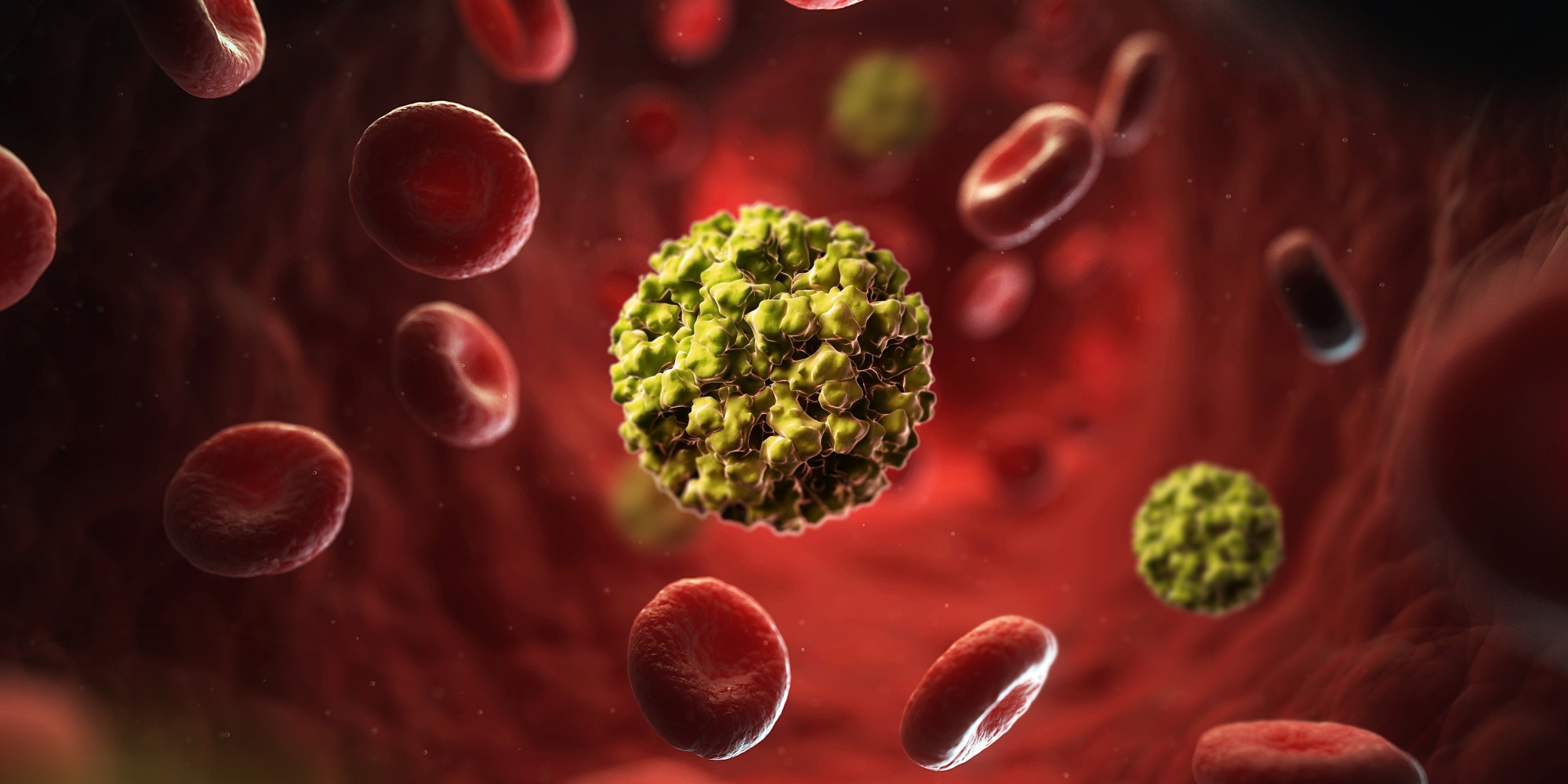New Study Sheds Much-Needed Light on Norovirus
On The Loom, Carl Zimmer discusses some fascinating new research into norovirus. As the most common cause of infectious diarrhea in humans, norovirus infects 267 million people and kills 200,000 annually. For such a high-profile killer, far too little is known about it.
This is mostly because we haven’t figured out how to rear human norovirus cells in culture. Instead, we’re stuck with using the cells of other animal hosts that can, like mice. Mice and other rodents are often good proxies for human trials, but there is no guarantee that rodent biology follows the same antigenic protocols as that of humans, and in many cases it doesn’t.
Indeed, it was in vitro tinkering with HeLa (human cells infected with a cancerous virus) that helped researchers develop a vaccine for polio and effective drug treatments for other scourges like HPV, herpes, leukemia, influenza, hemophilia and Parkinson’s disease. Absent test tube studies with human DNA, our success in producing a norovirus vaccine or antiviral has been tepid at best.
Another reason for the lack of progress is our poor understanding of its basic virology. Until now we weren’t even sure which cells it targets (there are over 200 types of cells in the human body). It made sense that this pathogen attacked the epithelial tissue lining the intestines, which caused inflammation, hence the awful vomiting and diarrhea of its infected hosts.
But thanks to a new study by a team of scientists at the University of Florida, we’ve now learned that in fact it targets B cells—the white blood cells in charge of producing antibodies. They discovered this by using mice which lacked the ability to make B cells. As counterintuitive as it sounds, without B cells the virus was benign; the mice were almost completely resistant to norovirus. When they combined mouse cells infected with norovirus with mouse B cells, the virus resumed its invasion and began replicating as predicted.
They then reproduced this result in humans with a stool sample from an infected patient. Once again, the virus immediately latched onto human B cells, but was powerless without B cells present. Of course, we need our antibodies, so removing them from humans is out of the question.
The team did encounter one puzzling twist, however. Recall Asimov’s famous line: “The most exciting brand of discovery is not when a scientist exclaims ‘Eureka!’ but rather ‘Huh, that’s odd’.” When they used a thin filter to separate out bacteria, the virus-infected cells were no longer able to infect the B cells. The conclusion was near at hand: bacteria were assisting the norovirus in its assault.
Finding the culprit or culprits would have been a herculean task were it not for the ever-growing databases that catalog the bacteria we’ve found in our gut. It turns out that one of the more common strains—Enterobacter cloacae—has already been implicated in virus behavior. And norovirus can bind to it.
To complete the chain of reasoning and test their hypothesis, the team added just this one bacterium back into the stool sample. As expected, norovirus was able to infect the human B cells once again. The virus has an ally, and it turns out they’re an incredibly successful pair. It’s not clear how Enterobacter cloacae aids the virus in this way, but this will surely be the focus of future research.
If only we could look past the norovirus and knock out its accomplice. One surefire method is of course antibiotics. When the team pumped some into the mice, their sterilized guts were no longer able to usher the virus into the B cells. This is a poor option for any immune system, however. Low-res remedies like antibiotics are akin to grenades, killing off both good and bad bacteria, which can rupture an immune system and lead to much worse problems down the road. (Antibiotics also have a null effect on viruses and should be reserved for especially harmful bacterial infections, something scientists have been advising for decades.) We need bacteria, and they need us.
Unfortunately, the state of medicine and knowledge of the microbiome haven’t reached the point where we can produce a drug custom-tailored to wipe out specific bacterial species while leaving the neighbors intact. Inside of us is a delicate ecosystem we are just beginning to flesh out. And research like this helps light the way.
External Link: Norovirus: The Perfect Pathogen Emerges From the Shadows
Source study: Enteric bacteria promote human and mouse norovirus infection of B cells



Comments